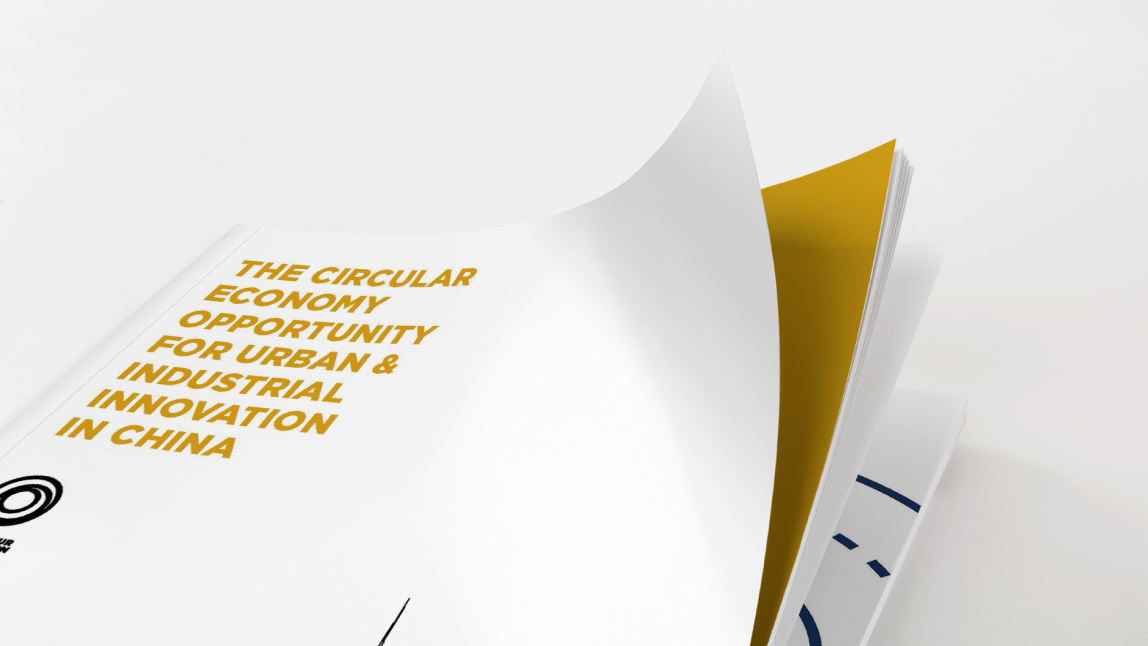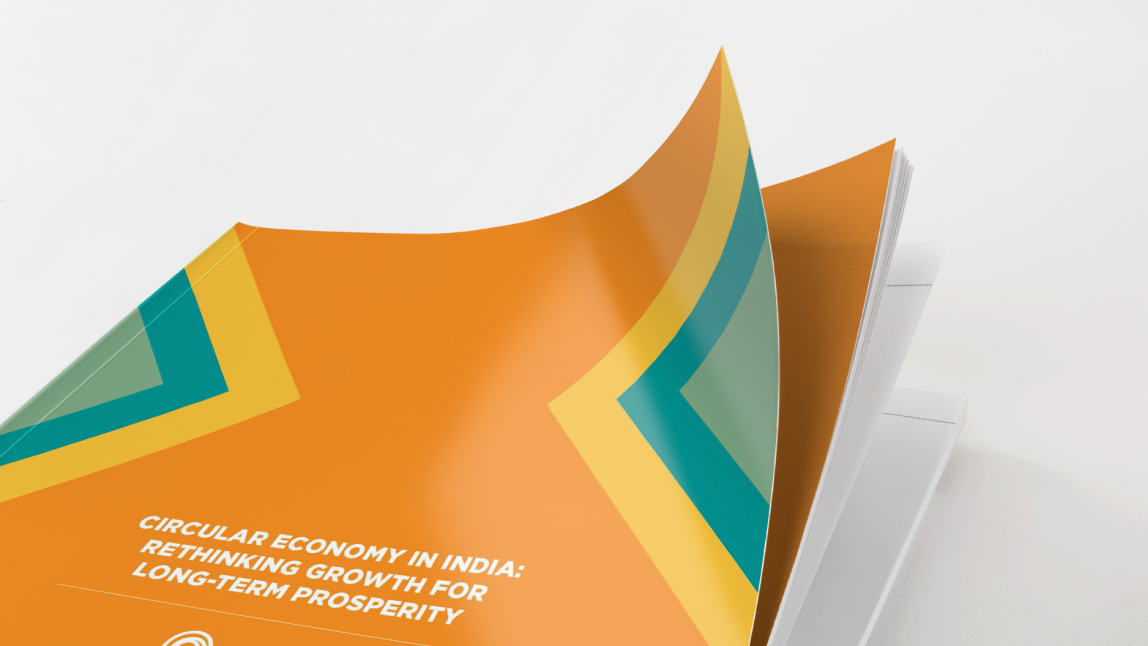As a consumption and production powerhouse, Asia has the potential to showcase the circular economy at scale.
China and India can play a fundamental role in transitioning towards the circular economy to create economic, societal, and environmental benefits.
Asia accounts for around 60% of the world’s population, and Asian countries have become global manufacturing hubs. The last two decades have seen China and India - Asia’s largest economies - experience rapid growth, urbanisation, and industrialisation alongside the associated negative environmental impacts. Studies we’ve conducted on both these economies show significant opportunities to create new value and economic growth from the transition towards a circular economycircular economyA systems solution framework that tackles global challenges like climate change, biodiversity loss, waste, and pollution. It is based on three principles, driven by design: eliminate waste and pollution, circulate products and materials (at their highest value), and regenerate nature..

China and the circular economy
Applying circular economy principles in China’s cities could make goods and services more affordable, and deliver living spaces with less emissions and congestion.
Opportunities identified for the built environment, mobility, nutrition, textiles, and electronics, show that businesses and households could save approximately CNY 70 trillion by 2040 (16% of China’s projected GDP). Supported by the country’s leadership on circular economy policies, China’s cities are well placed to become beacons of successful circular economy transitions.

India and the circular economy
Adopting circular economy principles in India could provide annual benefits of ₹40 lakh crore (US 624 billion) by 2050. In addition to business and household savings, a circular economy development path would reduce negative impacts such as pollution and congestion, and ensure that India’s citizens are provided with the resulting health, economic, and societal benefits.
India’s existing circular mindset and strong digital backbone serves as an important example for other developing countries seeking to meet their Sustainable Development Goals.
Feeding One Fifth - Circular Food in China
Published: 13th November 2018
China accounts for one-fifth of the world’s population and feeding that many people is everyone’s matter. For the simple fact of its scale, China plays an important role in the global food system. What it eats and how it eats has far-reaching implications for everybody.
During this studio session, we will discuss how entrepreneurial people in China are tackling the challenge of securing enough food for the many, while contributing to a more circular economy for food. The key to a better food future will be how we create resilient and circular companies and unite the efforts by the entrepreneurs in startups, corporates, and government organisations.





